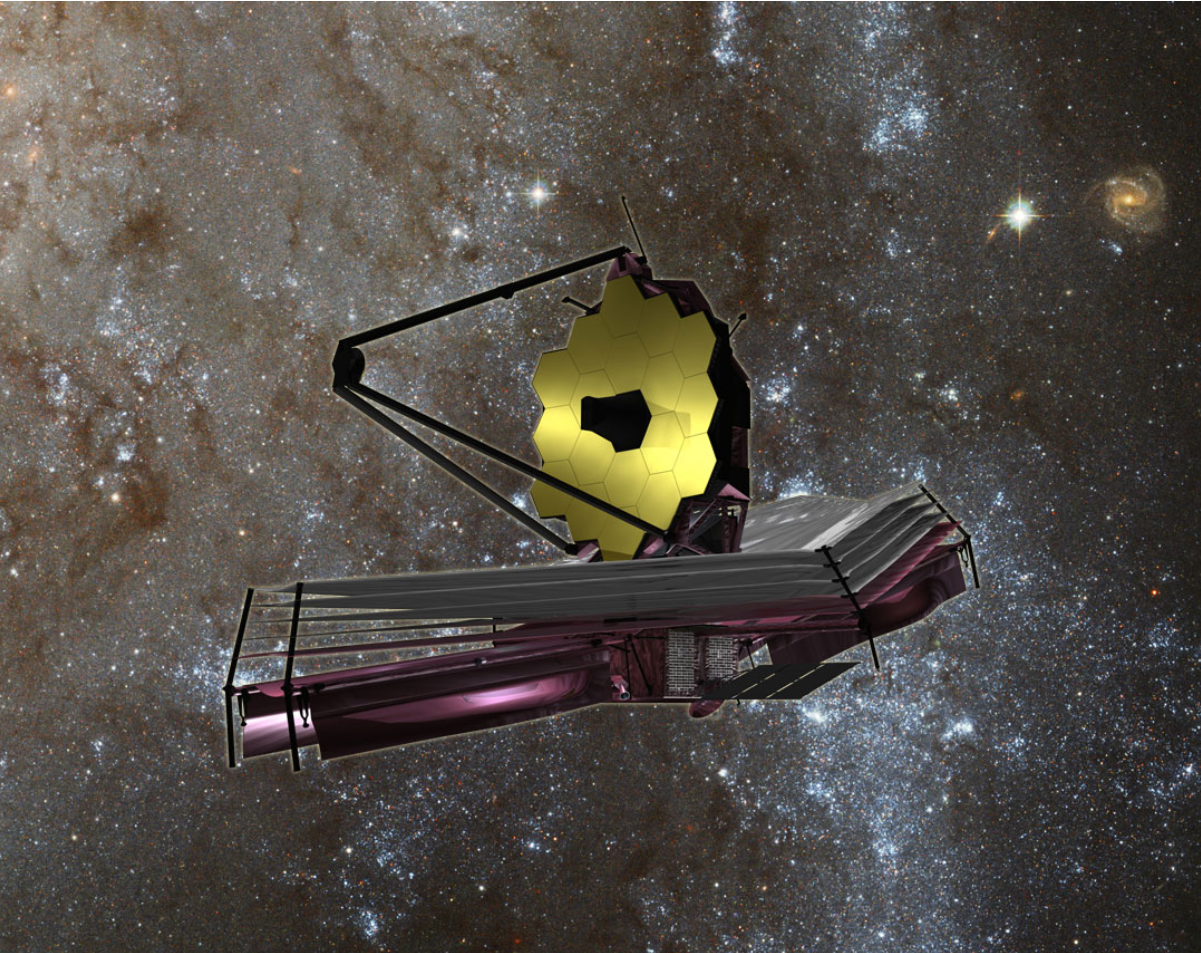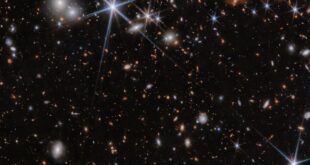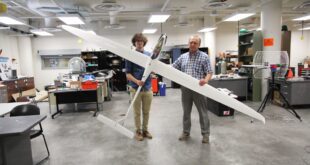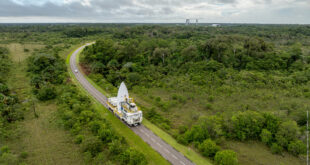
Ibadan, 31 May 2024. – An international team of astronomers using the NASA/ESA/CSA James Webb Space Telescope has found a record-breaking galaxy observed only 290 million years after the Big Bang. The team used Webb to observe galaxies as part of the JWST Advanced Deep Extragalactic Survey (JADES) program. Using Webb’s NIRSpec, the scientists obtained a spectrum of the galaxy which also corresponded to a redshift of about 14.
Over the last two years, scientists have used Webb to explore what astronomers refer to as Cosmic Dawn – the period in the first few hundred million years after the Big Bang where the first galaxies were born. These galaxies generally provide vital insight into how the gas, stars, and black holes were changing when the universe was very young.
The team of astronomers used the NIRCam data to determine which galaxies to study further with spectroscopic observations. They determined one such galaxy, JADES-GS-z14-0 to be at a redshift of 14.32 (+0.08/-0.20), making it the new record-holder for the most distant known galaxy. This also corresponds to a time less than 300 million years after the Big Bang.
Speaking on the discovery, Webb astronomers Stefano Carniani and Kevin Hainline, said, “This much starlight implies that the galaxy is several hundreds of millions of times the mass of the Sun. This raises the question: how can nature make such a bright, massive, and large galaxy in less than 300 million years.”
A team of astronomers also recently reported using Webb to discover evidence for an ongoing merger of two galaxies and their massive black holes when the Universe was only 740 million years old. This marked the most distant detection of a black hole merger and the first time researchers detected this phenomenon early in the Universe.





